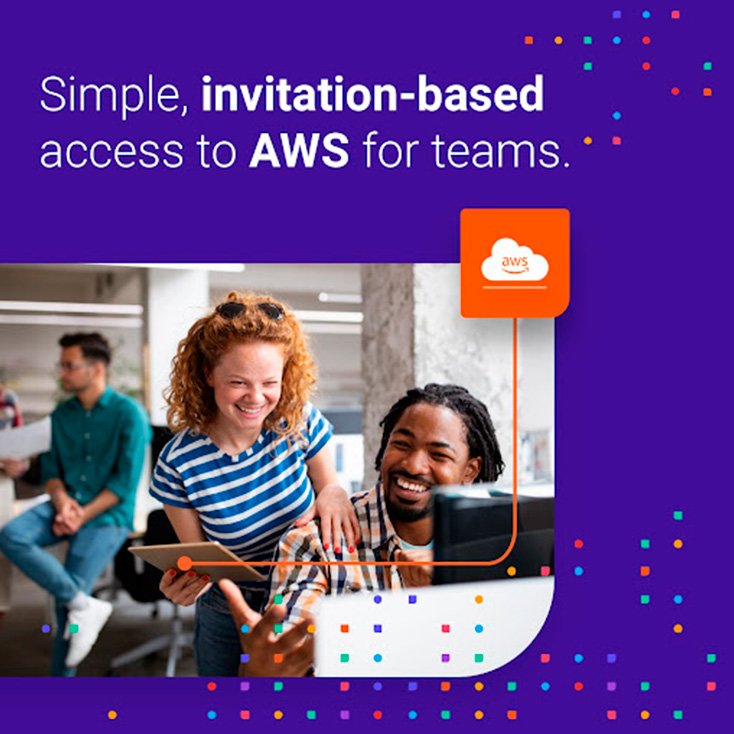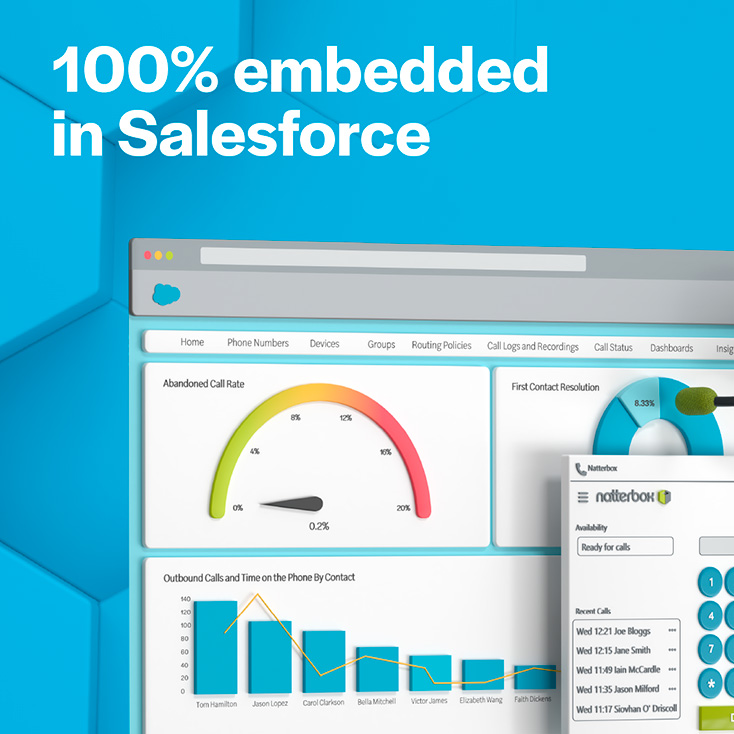
A 7-Step Guide To Market Activation
A marketing playbook designed to help you launch products and enter markets that deliver on your vision, demonstrate value to potential investors, and win customers.
Scroll
Step 1
Define Your Audience
You’ve already done some thinking about this — as a founder or company leader you may have even made a few sales — but now it’s time to get more rigorous and dial in on who your customer is.
Three tips and tactics for reaching the right people:
Create Profiles Of Your Future Customers.
Develop a focused set of personas based on what you’ve learned through preliminary market research and what you know as a domain expert. Who does your product or service help the most? It sounds like a simple question, but it’s crucial to come with a clear answer.
Learn Where Your Audience Spends Time Online.
This is a moment to be ultra-focused about where you plan to invest your money and resources (your time being the scarcest and most valuable). Who are the 10,000 most interesting people in the world to talk to? What online communities do they participate in? How would you find 1,000 of them?
Start With a List.
Build a list of 25, 100, or even 1,000 contacts you would be thrilled to have as a user, client, or customer and learn as much as you can about them. Reach out via LinkedIn, Twitter, Facebook, or all three to see if they will use and pay for your product or solution. A credit card swipe is the most valuable feedback.
Define Your Audience With Thunderfoot
Define Your Audience With Thunderfoot
Define Your Audience With Thunderfoot
Define Your Audience With Thunderfoot
Step 2
Build Your Brand
It’s essential to invest in what you look and sound like from day one.
It's Okay To Start Small
Don’t embark on a six-month branding exercise or account for every possible application and permutation at this stage.
Instead, focus on learning as much as possible about your industry landscape and borrow from companies who are doing branding well (just like all great artists do). Always keep in mind that you’re developing version 1.0 of your brand — and that it will inevitably evolve.
Specifically, that means creating your:
- Values
- Mission & vision
- Voice & tone guidelines
- Logo
- Core visual elements
- Website
- Social media pages

Build Your Brand With Thunderfoot
Build Your Brand With Thunderfoot
Build Your Brand With Thunderfoot
Build Your Brand With Thunderfoot
Step 3
Test Your Message To The Market
It’s time to start testing what kinds of value props, messaging, and creative will work with your initial audience.
3 Strategies For Success
Put these three simple tactics into practice to quickly zero in on what resonates:

Disrupt Without Reinventing The Wheel.
Ask yourself what you can learn from leaders (and laggards) in your space. What’s working for them (and what isn’t)? What kind of messaging and ad creative are they spending money to promote? What hypotheses have they validated? What is their marketing showing you?
The answers to these questions should tell you what’s worth emulating and where your approach can stand apart.

Learn The ABCs Of Creative Testing.
Words (and images) matter. Multivariate testing often reveals top-performing messages that convert at a 10x+ higher rate than “average” ads in the same account.
Don’t assume you know what message will resonate with prospects when you don’t have the data to back up your assertions. Effective A/B testing gives you that data.

Be Consistent And Always On-Brand.
Once you’ve identified what resonates, make sure your website, advertising, and social media channels all align and reinforce these key messages.
This rule applies to both visual and copy components, as well as both online and offline use cases.
Test Your Message To The Market With Thunderfoot
Test Your Message To The Market With Thunderfoot
Test Your Message To The Market With Thunderfoot
Test Your Message To The Market With Thunderfoot
Step 4
Plan Your Acquisition Strategy
How to act on your insights and build your first successful campaign.
Define The KPIs That Matter To You
What are considered “good” conversion rates in your industry?
What are the unit economics of what you’re selling?
What is your projected break-even cost per acquired customer?
What is your target return on ad spend?
Ultimately, it’s okay if you don’t hit all of your loftiest targets; measuring KPIs from the outset establishes a baseline and creates a marketing culture that is committed to continuous improvement.
Find Your First 10 Customers
Founding teams and marketing leaders can learn so much from initial conversations with prospects. Personally work your first leads and make sure to speak with your first customers directly. In doing so you’ll learn the most about what problem(s) your product or service is helping them solve
You might also discover that your best beta users are hidden in plain sight.
Old colleagues
Mentors
Neighbors
College buddies
Sell everyone on your product: old colleagues, mentors, college buddies, and even your neighbors. The members of your founding team should personally onboard these people and learn from the process.
Advertise With Rigor
Pick your channels, establish a budget, and sweat the small stuff like conversion tracking, revenue-based attribution modeling, and website user heat mapping so that you can learn much as possible from your early campaigns.



Plan Your Acquisition Strategy With Thunderfoot
Plan Your Acquisition Strategy With Thunderfoot
Plan Your Acquisition Strategy With Thunderfoot
Plan Your Acquisition Strategy With Thunderfoot
Step 5
Create Your Marketing & Sales Machine
This is around the time when you should stop asking yourself, “Where are all my leads?” and start asking yourself, “What are we going to do with all these leads?!”
Create Your Marketing & Sales Machine With Thunderfoot
Create Your Marketing & Sales Machine With Thunderfoot
Create Your Marketing & Sales Machine With Thunderfoot
Create Your Marketing & Sales Machine With Thunderfoot
Step 6
Assemble The Team To Take You Further
At a certain point, it’s not sustainable to manage all of this marketing and sales work with a founding team or small group of generalist marketers.
You Need To Build Your All-Star Marketing Team
Specifically, this team of specialists will ensure every campaign you launch generates maximum value and ROAS for your organization. They’ll optimize creative and targeting for conversion, drive process improvements, and advocate for strategies that will drive the growth of your business while strengthening your brand.
A Few Roles We’d Recommend Filling First Include:
If you have the resources, you can hire all of these team members yourself. But for most small companies, partnering with a performance-oriented digital team-as-a-service partner like Thunderfoot makes more sense.
Assemble The Team To Take You Further With Thunderfoot
Assemble The Team To Take You Further With Thunderfoot
Assemble The Team To Take You Further With Thunderfoot
Assemble The Team To Take You Further With Thunderfoot
Step 7
Scale What Works
With your team (or partner) in place, you’re ready to double down on the successful campaigns, tactics, and channels you’ve discovered so far and drive the exponential growth of your business. Here’s what you do next:
Remember That Good Data In Means Good Data Out
Arming yourself with good conversion data and full-funnel analytics gives you the confidence you need to make follow-on investments in advertising and marketing.
Share Accountability For Your Marketing Goals
Hold your team accountable for KPI improvements each quarter. They should be asking themselves questions like:
Why is our conversion rate lower than last month?
What do we need to do to improve it by 25%?
How can we reduce CAC by 20% next quarter?
Inclusive, metrics-oriented conversations with your marketing team allow them to self-motivate while establishing their own concrete, measurable goals.
Turn Sales Into A Repeatable Process
Develop a suite of versatile sales enablement materials (e.g. webinars, product demo videos, one-pagers, and comparison guides) that help salespeople persuade high-intent leads and drive purchases.


Scale What Works With Thunderfoot
Scale What Works With Thunderfoot
Scale What Works With Thunderfoot
Scale What Works With Thunderfoot
Take Action
How Thunderfoot Can Help Accomplish Your Goals
A Proven Team With A Record of Success
We do the hard, human work required to drive results for our clients.
At Thunderfoot, we help ambitious, venture-funded companies and leading organizations grow by deploying our team of digital experts and creatives to execute on the seven steps outlined in this playbook.
Our integrated marketing, creative, and web development team knows a lot about working with high-growth companies. We’d love to talk with you about your project to see how we can leverage our deep marketing experience to accomplish your business goals.












